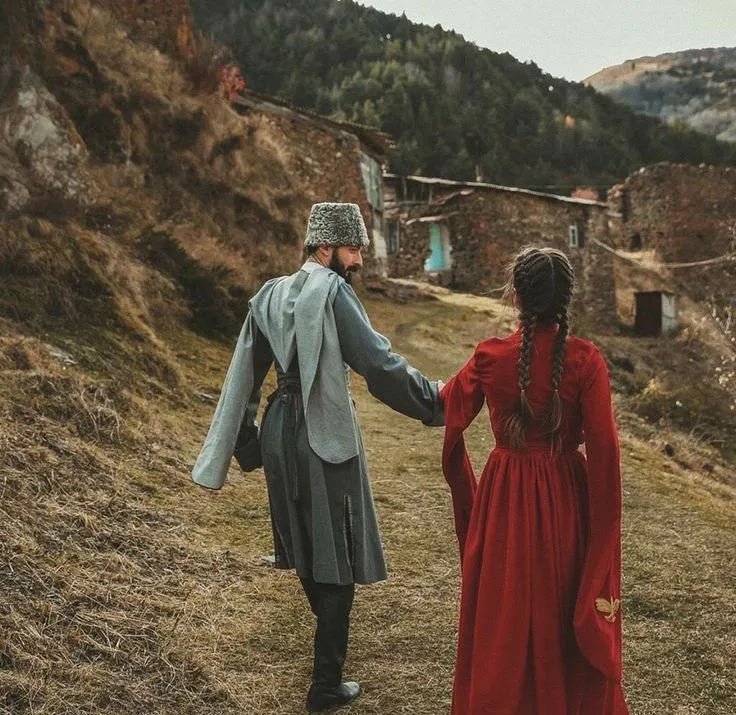Lezgins: A Mountain People of the Caucasus
OVERVIEW OF LEZGIN PEOPLE
The Lezgins (Lezgiyar) are an indigenous people of the Caucasus, known for their rich history and traditions. Historically referred to as “Leki” or “Legi,” they have endured invasions from empires like Rome and Persia.
Where They Live
They predominantly reside in southern Dagestan (Russia) and northern Azerbaijan. Key regions include Derbent, Akhty, Kurakh, and others in Dagestan, and Gusar, Khachmaz, and Quba in Azerbaijan.
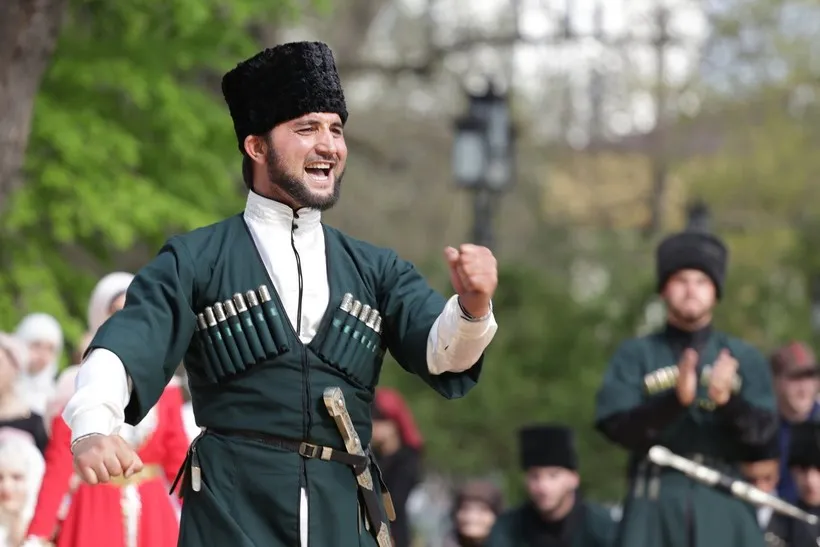
Population
The global Lezgin population ranges from 680,000 to 850,000. In Russia, the 2010 census recorded 476,228 Lezgins, with 387,746 in Dagestan. Azerbaijan’s 2009 census reported 180,300, though estimates suggest up to 350,000.
Name
The origin of “Lezgin” is debated. Ancient sources called them “Leki,” Arabs “Lakz,” and Georgians “Lekebi.” The term appeared in 12th-century texts, initially referring to various Dagestani groups. “Lezgin” became specific to one group in the early 20th century.
Language
The Lezgin language is part of the Nakh-Dagestanian family, with Russian and Azerbaijani also spoken. It has dialects like Samur, Kyurin, and Kubin, and independent variations.
Religion
Most Lezgins are Sunni Muslims (Shafi’i), except for the Shia community in Miskindzha, Dagestan.
Lifestyle
Historically, they were farmers and herders. Traditional crafts include weaving, metalwork, and jewelry. Family structures are extended, though less so today.
Housing
Villages (“khur”) are often on mountain slopes. Older homes are stone fortresses with courtyards. Newer homes have gardens and modern amenities.
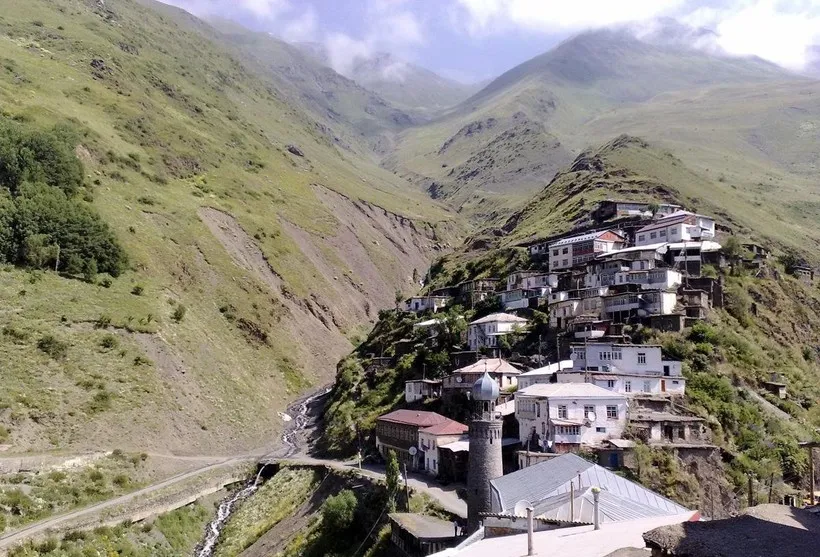
Appearance and Clothing
Traditional attire includes tunics, wide trousers, and distinctive headwear, with modern urban clothing also common. Women’s traditional wear features unique head coverings and silver jewelry.
Food
Staples include bread, pies (“afarar”), soups, and meat dishes. Ritual foods and dairy products are also significant.
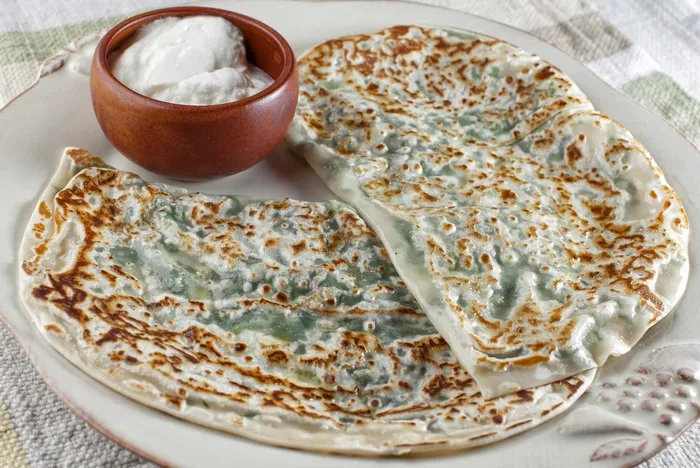
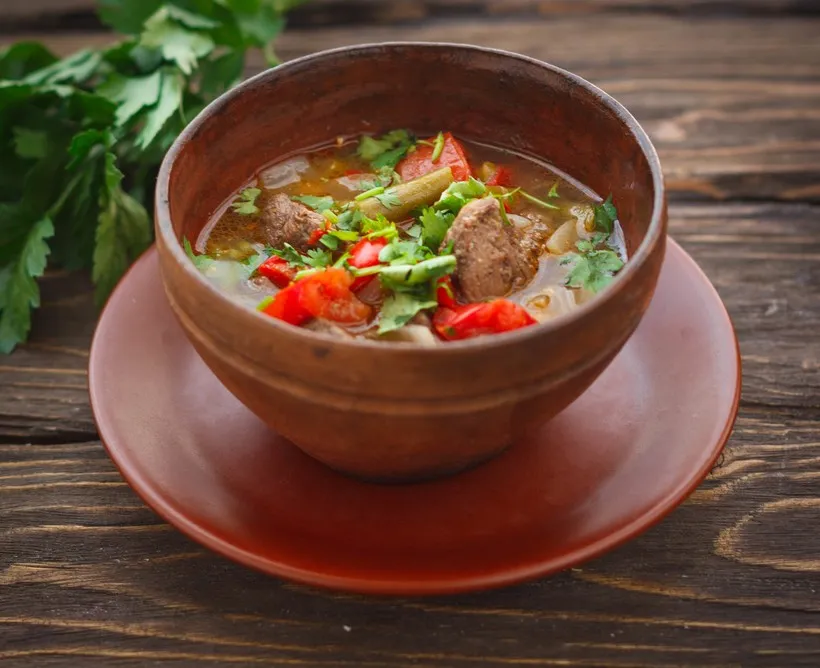
Traditions
Respect for elders is paramount. Traditions include arranged marriages, unique birth and naming customs, and celebrations like the Spring Equinox and Cherry Festival.
Culture
Lezgin culture is rich in music, dance (like the Lezginka), and folklore, including the epic “Sharvili.” They have a variety of musical instruments and a history of theater.
Lezginka:
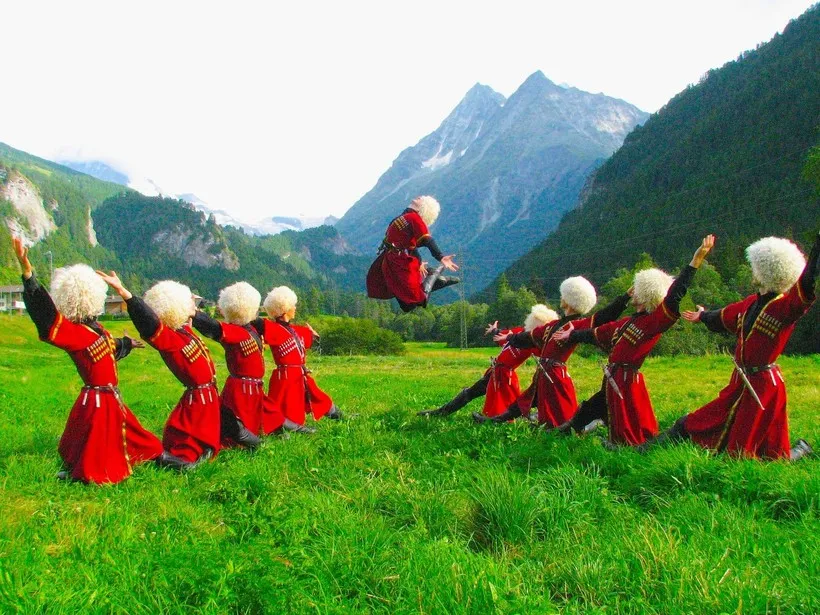
WHAT IS LEZGINKA?
Lezginka is characterized by its dynamic and passionate movements. Men display their power and confidence with energetic and decisive steps, while women move gracefully, resembling a swan. The partner dance creates a striking contrast between male strength and female elegance.
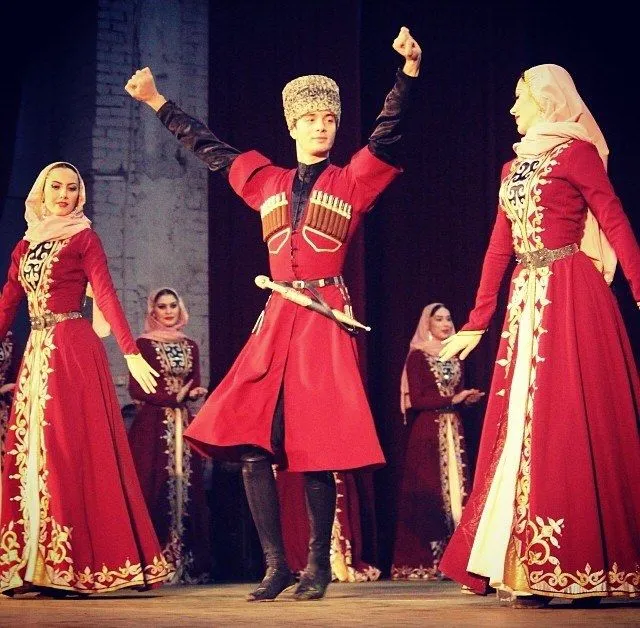
History of Lezginka
Lezginka has ancient roots, initially performed at weddings, festivals, and important social events. Over time, it evolved, reflecting the region’s cultural changes. Named after the Lezgin people, it has regional variations and is recognized by UNESCO as intangible cultural heritage.
Features of the Dance
- Dynamic and Acrobatic: Requires high skill and agility.
- Rhythmic Music: Accompanied by fast and energetic Caucasian music.
- Physical Fitness: Demands strength, agility, and coordination.
Styles of Lezginka
- Eastern Style: Dynamic and multifaceted with live music.
- Northwestern Style: Energetic movements on semi-bent toes.
- Georgian Style: Technically complex with fast movements and acrobatic elements.
Lezginka Variations Among Different Peoples
Georgian: Fast and fiery movements, acrobatic tricks.
Avar: Fast foot movements, playful female movements.
Ossetian: Smooth and sensual movements, suitable for beginners.
Circassian (Adyghe): Movements to the sounds of violin and clappers.
Performance Variations
- Male Solo Dance: Demonstrates strength and agility.
- Female Solo Dance: Smooth and graceful movements.
- Partner Dance: Aesthetic dance symbolizing love and respect.
National Costumes
Traditional costumes are colorful and elaborate, reflecting Caucasian cultural heritage. Men wear fitted trousers, embroidered shirts, and tall hats, while women wear long, flowing dresses with intricate patterns.
Lezginka is more than just a dance; it’s a part of the cultural identity of the Caucasian people, a symbol of their unity, pride, and heritage.
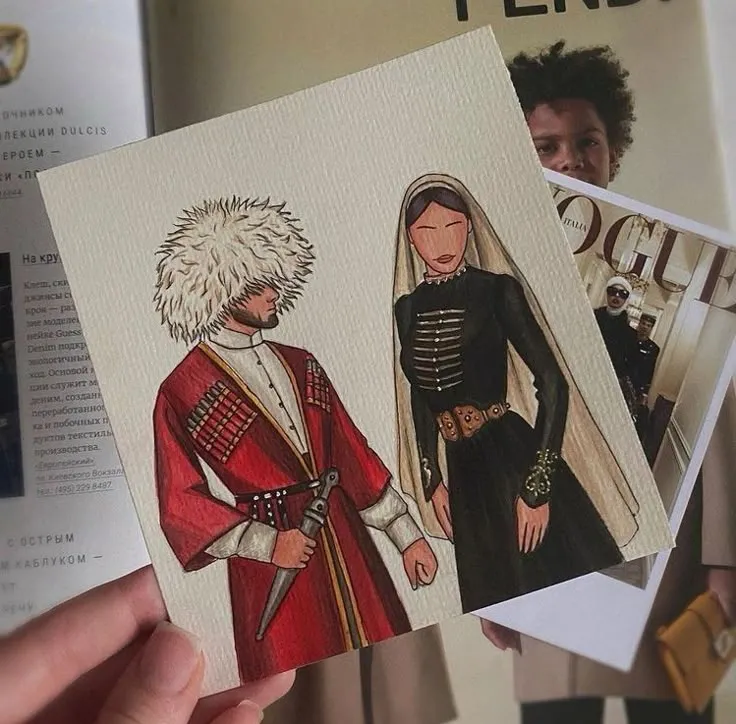
Footnotes
Author: Nicat Abushov
Email: nicat@abusov.com
